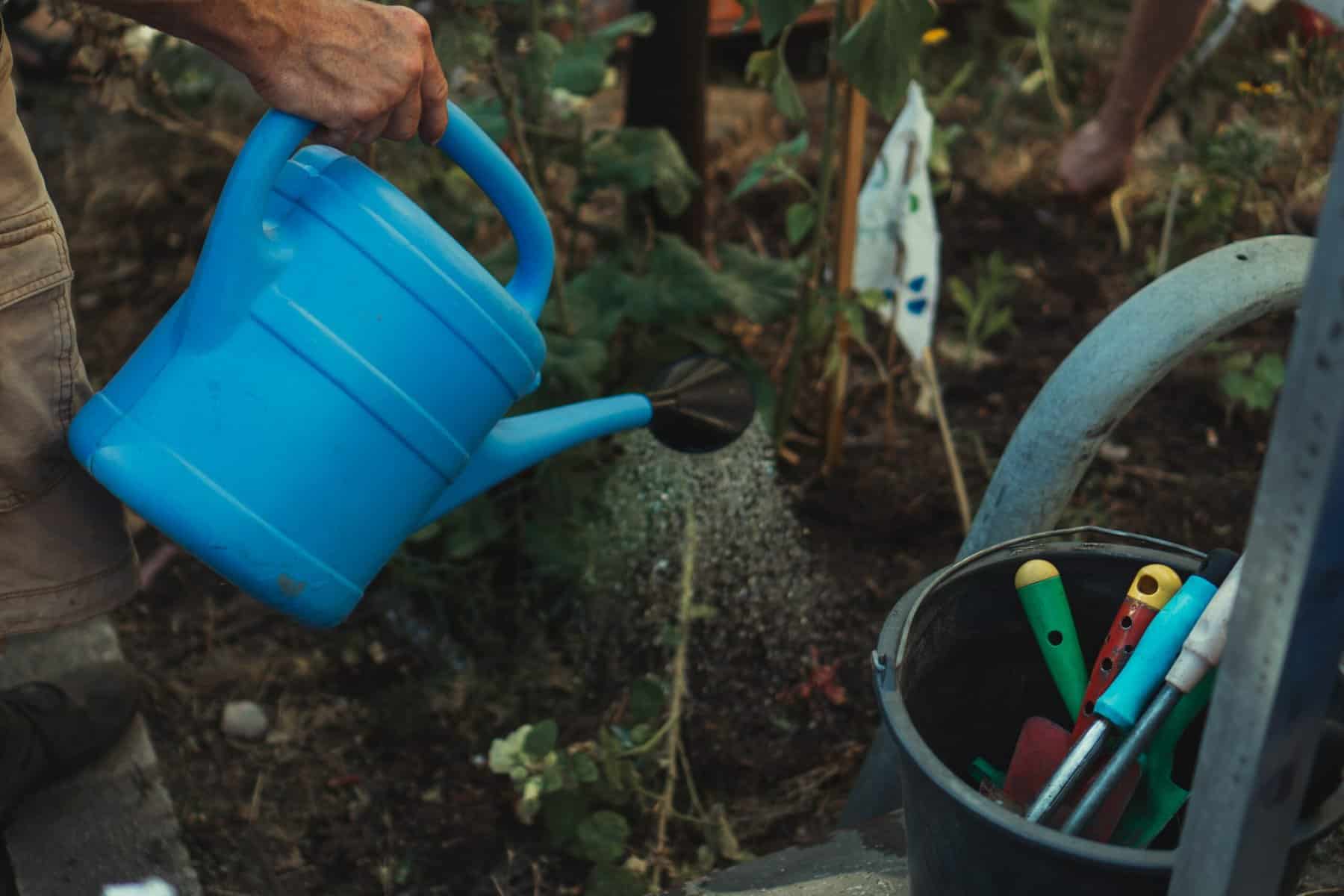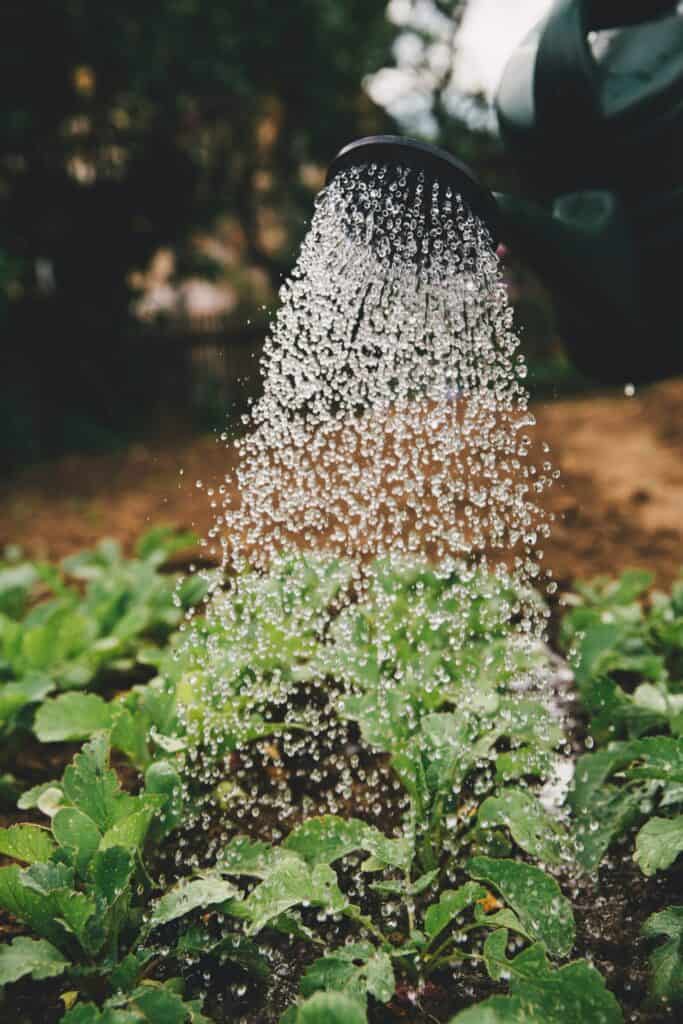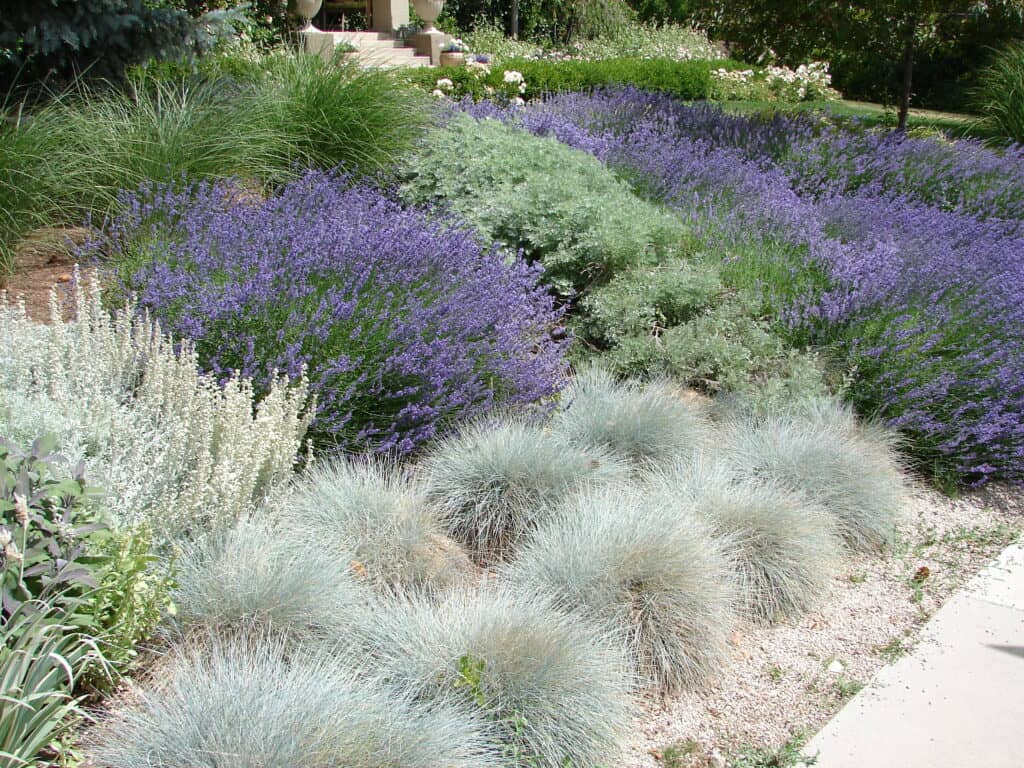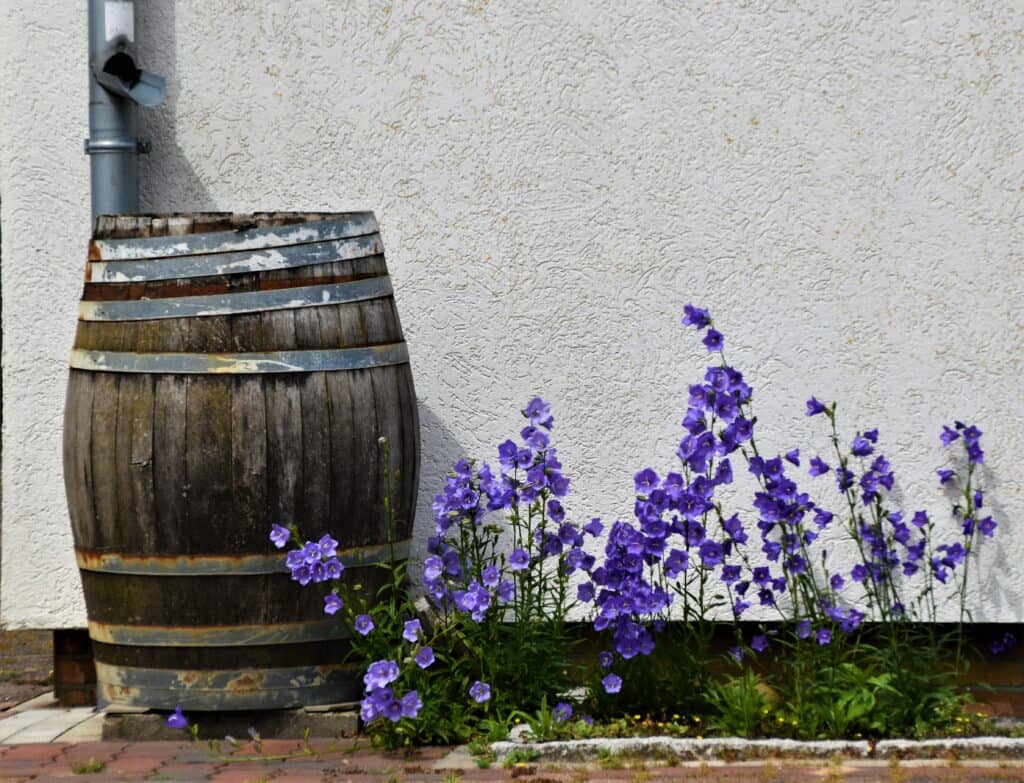Shop Mother’s Day Bouquets
Figaro's Blog

With our increasingly dry, hot summers, Vancouver gardeners might wonder how they can reduce water use in the garden. In this article, we’ll share a few water-saving techniques such as mulching, using drip irrigation systems, rainwater harvesting, and choosing drought-tolerant plants that you can use to significantly reduce the amount of water your garden needs while still keeping it healthy and thriving.
Mulch to retain moisture
Mulching is a simple yet effective technique that helps conserve water in the garden. By applying a layer of organic mulch, such as wood chips or straw, around the base of your plants, you create a protective barrier that helps retain moisture in the soil. This prevents evaporation and keeps the soil consistently moist, reducing the need for frequent watering. Additionally, mulch helps suppress weed growth, which can compete with plants for water resources.
Install drip irrigation
Drip irrigation systems are another valuable tool for water conservation in the garden. Unlike traditional sprinkler systems that spray water indiscriminately, drip irrigation delivers water directly to the root zone of plants, minimizing water waste through evaporation and runoff. By providing a slow, steady drip of water at ground level, drip irrigation ensures that plants receive the necessary moisture without excess water being lost to the surrounding environment. This targeted approach also reduces the risk of fungal diseases that can occur when foliage remains wet for extended periods. Bonus: you can also set drip irrigation on a timer, so that you never forget to water and can get away for a weekend without having to hire a plant nanny.
Harvest and store rainwater
Rainwater harvesting is an eco-friendly practice that not only reduces water consumption but also takes advantage of a natural resource. By installing rain barrels or cisterns, you can collect and store rainwater for later use in your garden. This captured rainwater can be used during dry periods to supplement or even replace the need for municipal water sources. It’s a sustainable solution that not only conserves water but also reduces the strain on local water supplies.
Water well

Watering by hand forces a gardener to focus his or her efforts! Photo by Markus Spiske on Unsplash
In addition to these techniques, it’s important to follow proper watering practices. Watering deeply (for longer periods of time) and infrequently encourages plants to develop deep, strong root systems that can access water stored deeper in the soil. This reduces the overall water demand of plants and promotes their resilience during drought conditions. Watering in the early morning or late evening minimizes water loss due to evaporation, allowing plants to make the most of the available moisture. Additionally, focus your watering efforts on new seedlings or transplants—those plants that are not yet established and are therefore more vulnerable.
Choose drought-tolerant plants

A xeriscape garden featuring lavender, blue fescue, artemisia, and sage: plants that are drought tolerant once established.
Plants with silver, grey, or fuzzy foliage are often more tolerant of dry conditions, as are plants that originate in dry summer climates such as the Mediterranean, South Africa—and right here in British Columbia!
For more information on drought tolerant plants, check out our 13 favourite plants for creating drought-tolerant gardens.
By implementing a combination of these water-saving techniques and mindful watering practices, you can create a garden that thrives while minimizing water usage. Stop by Figaro’s Garden for more information, ideas, and exceptional plant choices!
plants make everything better
Whether you're an experienced horticulturist, or looking for your first plant, our team at Figaro's Garden is excited to help you realize your plant and garden dreams. Contact us today or stop by the shop to see what's in-store.

